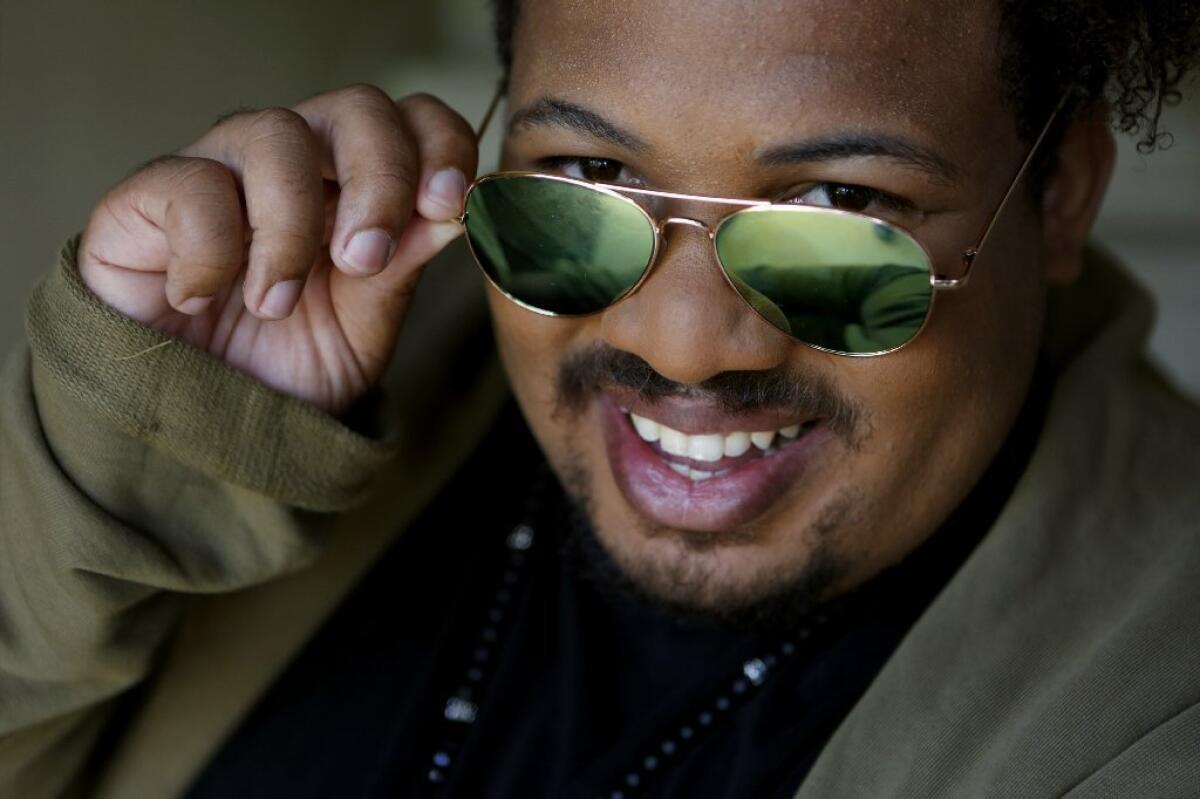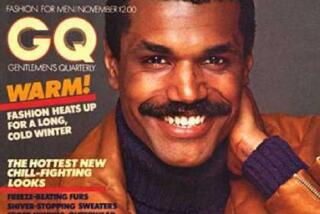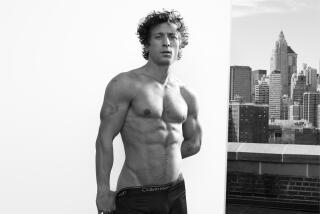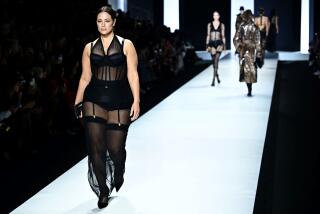The lives and shopping tips of plus-size male models
- Share via
The plus-size woman is having her moment, while her counterpart, the plus-size man, is finally stepping out, striking a pose and getting plenty of attention for however long it lasts. Headlines were made earlier this year when top-tier agency IMG Models signed New York resident Zach Miko, who’s 6-foot-6 with a 40-inch waist, to its newly created Brawn division, which is dedicated to larger men.
Vogue.com referred to him as “The Plus-Size Male Model Out to Change the Fashion Industry,” and Out.com praised Miko as “The First Plus-Size Hunk.”
The hunk’s take? “I grew up feeling in my head and heart I was not traditionally good looking or sexy,” says Miko, who modeled for Target. “I wonder how different I would have felt seeing a man my size being called handsome and representing fashion. If just a handful of boys can see me in magazines and ads and as a result not feel the insecurity and self-doubt that I felt growing up, that will make it all worth it for me.”
To fully employ plus-size male models such as Miko and Sherman Oaks-based Dexter Mayfield, the menswear industry still has some catching up to do. “When I’m shopping, I head to my go-tos: Topman, Forever 21 and H&M and hope and pray they are fully stocked,” says Mayfield, who works as an actor and dancer.

“Topman especially does a great job with tops with extended-length shirts that don’t feel baggy,” he explains. “But when it comes to lower body, the options are limited. You see a lot of relaxed fit, and I’m not very confident in those.”
His solution? “I cross the aisle and head to Torrid,” he says. “I know my size in women’s jeans. They’re comfortable. They stretch, and the staff at women’s stores are great and understanding. They know that guys want to look good too.”
I wonder how different I would have felt seeing a man my size being called handsome and representing fashion.
— Zach Miko
Other sartorial areas in need of catching up? Formalwear and undergarments. “What if I want to look good in my Calvins too?” Mayfield says.
The reactions these men have brought about in the age of the Internet have been staggering. Social media movements like #BigGuyTwitter have come up to unite and draw attention to larger-than-the-sample-size men. And fans are in full force as well. “Of course there have been plenty of trolls and critics, but I have amazing support from my fans,” says Miko. “It feels like every time someone online or in the press says something mean, 10 more supporters jump on them to shut them down.”

It’s a lesson that American Eagle learned well when it released its commitment to not retouch male models earlier this year — as well as a campaign starring plus-size male models such as Kelvin Davis, the blogger behind Notoriously Dapper who says he’s “5-foot-10ish” and 240 pounds on his Instagram profile. The only real backlash was to the brand’s unfortunate after-the-fact April Fools’ Day messaging, which the company later said was not a joke but an “awareness-raising hoax.” (Luckily, money speaks louder than outrage, and their $25,000 donation to the National Eating Disorders Assn., a nonprofit group that supports those affected by eating disorders, seemed to help confirm American Eagle was on the right side of things.)
As for how receptive the menswear industry will continue to be? It remains to seen. “The women’s plus-size industry is an almost $20-billion-a-year industry,” Miko says. “The consumers have spoken. Fashion is an incredible art, but it’s also a business. So speaking from a business standpoint, you can double your market share. Why wouldn’t you want to do that?”






